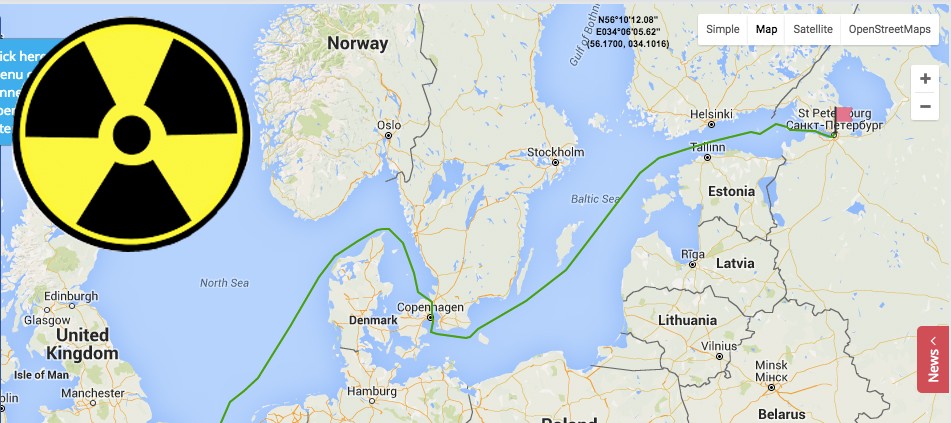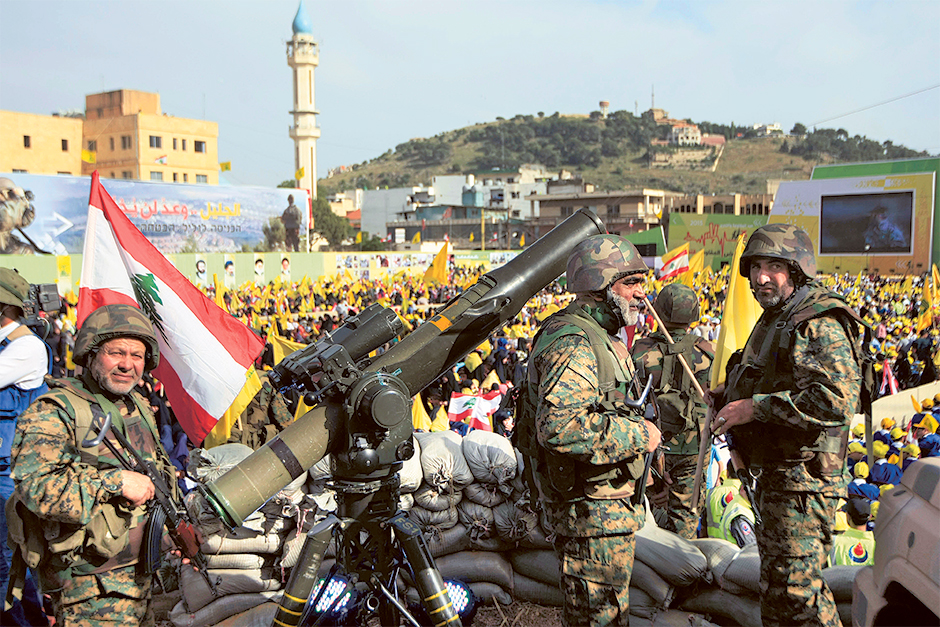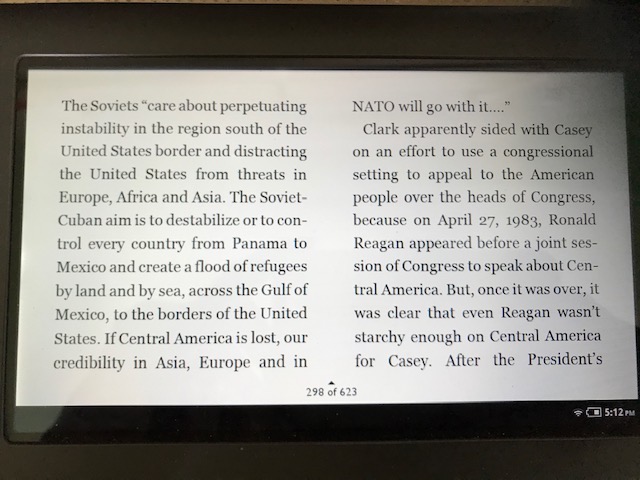Primer:
Venezuelan security forces have been sending death squads to commit extrajudicial killings of young men, according to a United Nations report released on Thursday. The crime scenes are then staged to make it look like the victims were resisting arrest.
Caracas has said that about 5,287 people died last year when they refused to be detained by officers, and that this has been the case for a further 1,569 through the middle of May this year. However, the UN report suggests that many of these deaths were actually extrajudicial executions.
The report relays the accounts of 20 families, who say that masked men dressed in black from the Special Actions Forces (FAES) arrived at their homes in black vehicles without license plates. They then broke into their houses, assaulted the women and girls and stole belongings.
“They would separate young men from other family members before shooting them,” the report said.
“In every case, witnesses reported how FAES manipulated the crime scene and evidence. They would plant arms and drugs and fire their weapons against the walls or in the air to suggest a confrontation and to show the victim had ‘resisted authority.'” Read more here.
photo
Enhanced interactive dialogue on the situation of human rights in the Bolivarian Republic of Venezuela
41st session of the Human Rights Council
Statement by UN High Commissioner for Human Rights Michelle Bachelet
5 July 2019
Mr President,
Members of the Human Rights Council,
Excellencies,
As requested by Council resolution 39/1, the Office has submitted a report on the human rights crisis in Venezuela.
In March, my staff conducted a technical visit to the country. Human rights officers also made nine visits to interview Venezuelan refugees and migrants in Argentina, Brazil, Chile, Colombia, Ecuador, Mexico, Peru and Spain.
Additionally, I was able to visit Caracas two weeks ago – the first official mission by a High Commissioner for Human Rights. I met with President Nicolás Maduro and several Government ministers and officials. I also met the president of the Supreme Court, the Attorney General and the Ombudsman. I held discussions with the President of the National Assembly, Juan Guaido, as well as Members of Parliament, and the President of the National Constituent Assembly.
I also had meetings with representatives of the Catholic Church, the business sector, academia, trade unions, human rights organisations, the diplomatic community, the United Nations country team, and approximately 200 victims.
Let me begin this update on a positive note. I am hopeful that the access which I was granted – together with the authorities’ subsequent acceptance of a continuing presence of two human rights officers to conduct monitoring, and commence providing technical assistance and advice – signify the beginning of positive engagement on the country’s many human rights issues.
However, as our report makes clear, essential institutions and the rule of law in Venezuela have been profoundly eroded. The exercise of freedom of opinion, expression, association and assembly, and the right to participate in public life, entail a risk of reprisals and repression. Our report notes attacks against actual or perceived opponents and human rights defenders, ranging from threats and smear campaigns to arbitrary detention, torture and ill-treatment, sexual violence, and killings and enforced disappearance.
Excessive and lethal force has repeatedly been used against protestors. My Office has also documented excessive use of force in the context of security operations by the Special Action Forces, with multiple killings, mainly of young men. Many may constitute extrajudicial killings, and should be fully investigated, with accountability of perpetrators, and guarantees of non-recurrence.
The death in custody six days ago of a retired Navy captain – allegedly after torture – is deeply regrettable. I note the opening of an investigation and the arrest of two military counter-intelligence officers in this context. However, there is a pattern of torture reports in Venezuela in the context of arbitrary detention. The authorities must ensure full investigation in accordance with international standards, as well as accountability and, where relevant, remedy for all cases of alleged torture.
Mr President,
The Venezuelan people are enduring an economic breakdown. Since 2013, the cumulative contraction of GDP has been 44.3%, and cumulative inflation since 2013 reached a dramatic 2,866,670% at the end of January 2019 – 2.8 million percent. Over the past two years, public revenue has dropped with the drastic reduction of oil exports. Figures published by the Central Bank of Venezuela on 28 May 2019 show that key economic indicators began to decline well before August 2017. Regardless, the latest economic sanctions are further exacerbating this situation, given that most of the country’s foreign exchange earnings derive from oil exports, many of which are linked to the US market. In addition, the effects of these sanctions appear to be affecting the State’s ability to provide basic health service to the population.
Humanitarian assistance from the United Nations and other actors has been gradually accepted by the Government. However, the scale of the crisis is such that it is difficult to fully respond to the needs of the people.
The situation has had a negative impact on people’s livelihoods – and indeed, their lifespan, particularly of those most vulnerable. In the course of my visit I met many people who are suffering. The minimum wage – which is estimated at around $7 USD per month cannot cover even 5% of the basic food basket for a family of five people. Deaths from malnutrition have been reported, although data on this, as many other, topics has not been released.
Venezuela is a country with many valuable resources, including formidable oil and gold reserves, a young and vibrant population, key location and systems which for many years provided free universal healthcare, education and other public services. The current and dramatic crisis has dramatic impact on economic, social and cultural rights as well as political and civil rights.
Many public services have all but collapsed, including transportation, electricity and water. The healthcare sector is in critical condition. The non-availability of basic medication and equipment is causing preventable deaths, while non-availability of contraception forces many women to bear children they will not be able to adequately care for. An assessment of humanitarian needs conducted by OCHA in March found that an estimated seven million people in Venezuela need humanitarian assistance: one quarter of the population.
Hunger and deprivation have led many to become migrants or refugees. Many are forced to leave in ill-health, without economic resources of any kind, and their human rights protection must be considered a matter of urgency.
I am also concerned about the situation of indigenous peoples in Venezuela. In particular, I note loss of control over their traditional lands, territories, and resources; militarization; violence; lack of access to adequate food and water; and the effects of mining.
Members of indigenous communities are reportedly being exploited in conditions of slavery for the illegal extraction of gold. There has been violence against some indigenous authorities and leaders, and statements by various officials have been reported, suggesting an intention to eliminate members of the Pemón community who oppose the Government.
As I said in Caracas, to all political leaders, the only way out of this crisis is to come together, in dialogue. I encourage the Government to view the opposition and human rights defenders as partners in the common cause of human rights and justice, and to plant the seeds for a durable political agreement that leads to reconciliation.
Among other points, the Government has agreed to allow us to carry out an evaluation of the National Commission for the Prevention of Torture, including a commitment to full access to all centres of detention. I look forward to the honouring of this and other commitments.
We will also conduct an assessment of major obstacles to access to justice. Furthermore, the authorities have stated they will engage more substantively with international human rights bodies. In particular, they have agreed to accept ten visits from the Council’s Special Procedures experts over the next two years.
We have also been consistently advocating for the release of all those who are currently in detention for acts of non-violent dissent. Prior to my visit, three detainees were released. Subsequently, 59 Colombian nationals, including one woman, who had been arbitrarily detained since 2016 were also released. And just yesterday, 22 detainees were also released. We welcome these releases and encourage the authorities to release others detained for the exercise of their human rights.
Above all, as I expressed in my meetings with victims and their families, all Venezuelans have fundamental human rights. They deserve to enjoy those rights. I sincerely hope that the Office will be able to assist in improving the human rights situation in Venezuela.
The situation is complex, but the report contains clear, concrete recommendations for the way forward. I sincerely hope the authorities will take these recommendations in the constructive spirit in which they are made.
As I said in Caracas, the fate of more than 30 million Venezuelans rests on the leadership’s willingness and ability to put the human rights of the people ahead of any personal, ideological or political ambitions. It is for this Council and the international community to support them in this shared endeavour. We should all be able to agree that all Venezuelans deserve a better life, free from fear, and with access to adequate food, water, health-care, housing and all other basic human needs. For my part, I stand ready to accompany the people of Venezuela.
Thank you Mr President.





